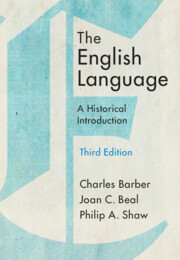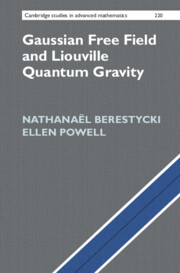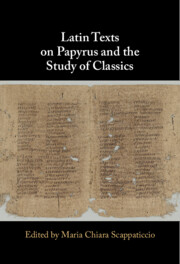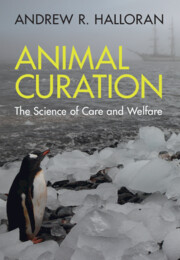Refine search
Actions for selected content:
3388439 results

The Acquisition of Relativization
- Coming soon
-
- Expected online publication date:
- November 2025
- Print publication:
- 30 November 2025
-
- Book
- Export citation

Above the Law
- The United States and the International Criminal Court
- Coming soon
-
- Expected online publication date:
- November 2025
- Print publication:
- 31 December 2025
-
- Book
- Export citation

The English Language
- A Historical Introduction
- Coming soon
-
- Expected online publication date:
- November 2025
- Print publication:
- 30 November 2025
-
- Textbook
- Export citation
Diasporic State-Building
- Transnational Networks and the Making of Post-2003 Iraq
- Coming soon
-
- Expected online publication date:
- November 2025
- Print publication:
- 30 November 2025
-
- Book
- Export citation

Ennius Beyond Epic
- Coming soon
-
- Expected online publication date:
- November 2025
- Print publication:
- 31 October 2025
-
- Book
- Export citation

Teaching Shakespeare’s Theatre of the World
- Coming soon
-
- Expected online publication date:
- November 2025
- Print publication:
- 30 November 2025
-
- Element
- Export citation

Anchoring an Empire
- Gender and Ethnicity in Colonial Panama
- Coming soon
-
- Expected online publication date:
- November 2025
- Print publication:
- 30 November 2025
-
- Book
- Export citation

The London Foundling Hospital and Eighteenth-Century Objects of Charity
- Recovering the Digital Archive
- Coming soon
-
- Expected online publication date:
- November 2025
- Print publication:
- 30 November 2025
-
- Element
- Export citation
Five Economies of World Literature
- Coming soon
-
- Expected online publication date:
- November 2025
- Print publication:
- 30 November 2025
-
- Book
- Export citation

Gaussian Free Field and Liouville Quantum Gravity
- Coming soon
-
- Expected online publication date:
- November 2025
- Print publication:
- 30 November 2025
-
- Book
- Export citation

New Approaches to Assessing Behavioral and Brain Synchrony in Infant-Parent Dyads
- Coming soon
-
- Expected online publication date:
- November 2025
- Print publication:
- 30 November 2025
-
- Element
- Export citation

Hegel and Republicanism
- Non-Domination, Economics, and Political Participation
- Coming soon
-
- Expected online publication date:
- November 2025
- Print publication:
- 30 November 2025
-
- Element
- Export citation

Decolonizing Pedagogy in Post-Apartheid South Africa
- Coming soon
-
- Expected online publication date:
- November 2025
- Print publication:
- 31 December 2025
-
- Element
- Export citation

The Origins of Scholasticism
- Theology and Philosophy in Paris, 1150–1250
- Coming soon
-
- Expected online publication date:
- November 2025
- Print publication:
- 30 November 2025
-
- Book
- Export citation

Enemy Literature
- How American Intellectuals and European Émigrés Collaborated Against Nazi Germany
- Coming soon
-
- Expected online publication date:
- November 2025
- Print publication:
- 30 November 2025
-
- Book
- Export citation

Latin Texts on Papyrus and the Study of Classics
- Coming soon
-
- Expected online publication date:
- November 2025
- Print publication:
- 30 November 2025
-
- Book
- Export citation

Animal Curation
- The Science of Care and Welfare
- Coming soon
-
- Expected online publication date:
- November 2025
- Print publication:
- 30 November 2025
-
- Book
- Export citation

Rebuilding Histories in the Roman World
- Architectural Restoration and Temporality from Augustus to Justinian
- Coming soon
-
- Expected online publication date:
- November 2025
- Print publication:
- 30 November 2025
-
- Book
- Export citation

Single and Multiple Number Series
- Coming soon
-
- Expected online publication date:
- November 2025
- Print publication:
- 30 November 2025
-
- Book
- Export citation

Contested Public Monuments
- Global perspectives on landscapes of memory
- Coming soon
-
- Expected online publication date:
- November 2025
- Print publication:
- 30 November 2025
-
- Element
- Export citation
